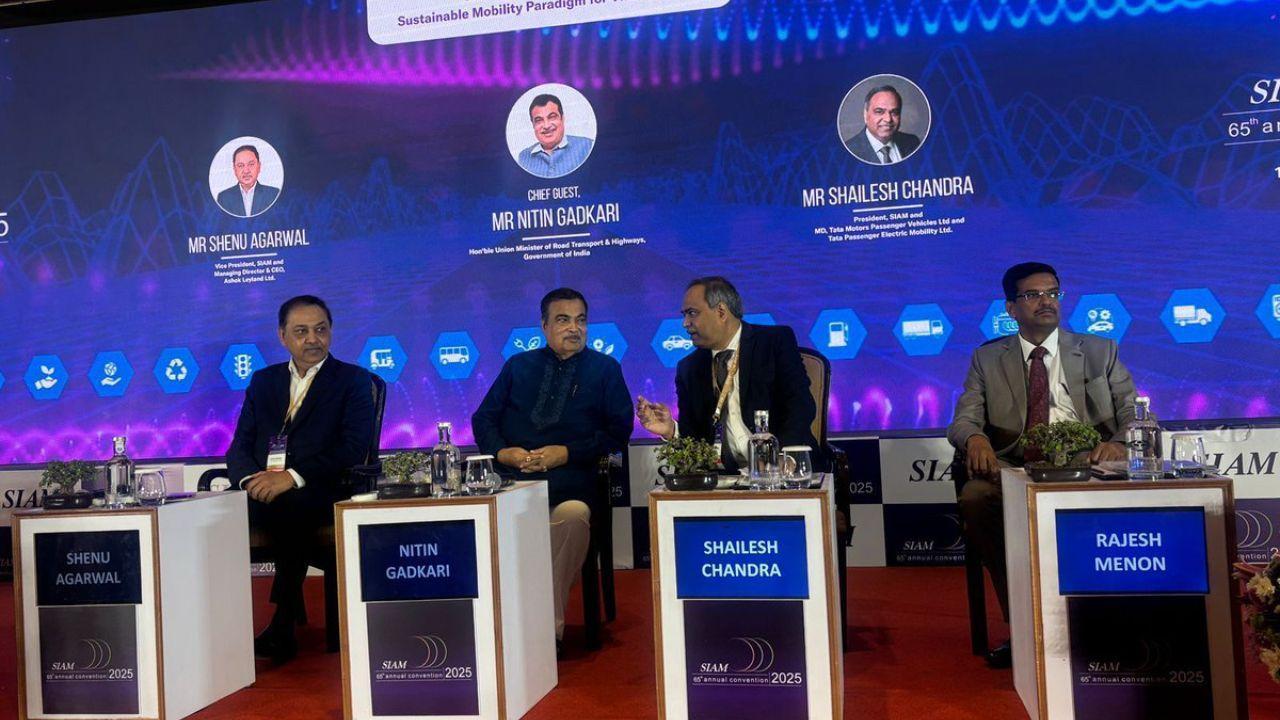
Post by : Avinab Raana
Photo : X / SIAM India
India’s Green Transport at the Global Stage
India’s Prime Minister has called attention to the nation’s global potential in green transport, urging the automobile industry and mobility stakeholders to embrace cleaner technologies, sustainable practices, and global best practices. Speaking at the Society of Indian Automobile Manufacturers (SIAM) convention, the PM emphasized that for India to lead in the next decades, mobility must be not only efficient and large-scale but also environmentally responsible. This message seeks to firmly align India’s transport future with its net zero and sustainable development ambitions.
The prime minister’s remarks build on recent efforts by government and industry to accelerate electric vehicle adoption, explore alternative fuels, and ensure mobility systems support both economic growth and environmental goals. By articulating a vision that combines global competitiveness with green responsibility, the leadership is signaling that India sees transport not just as domestic infrastructure but as part of its global identity.
SIAM Convention Sets the Tone for Sustainable Mobility
At the SIAM 64th Annual Convention, the focal point was “Sustainable Mobility Journey towards Viksit Bharat.” Everyone from automakers to ministers underscored the need for rapid innovation in mobility tech: electric, hydrogen, flex fuels, hybrids. The PM noted that while India’s progress in mobility has been fast, what comes next must also be clean and sustainable. Industry leaders were urged to bring in global best practices and to make sure components, assembly, and supply chains reflect international standards.
This emphasis on standards and global practices reveals India’s desire not just to produce mobility solutions for domestic markets but to compete internationally. If parts, vehicles, and mobility systems meet global norms for emissions, safety, efficiency, and sustainability, Indian automakers can export more, collaborate abroad, and attract investment. The SIAM platform becomes the stage where policy, industry, and innovation converge.
Policies Driving India’s Green Transport Momentum
India’s push for green transport is enabled by several policy levers. The Faster Adoption and Manufacturing of Hybrid and Electric Vehicles (FAME) programme has played a significant role in subsidizing EV adoption, charging infrastructure, and research. Blending of biofuels, promotion of ethanol in transportation, flex-fuel and gaseous fuels are also part of the mix.
Furthermore, national road transport policy, incentives for localization, safety, scrappage schemes for older polluting vehicles, and regulations aimed at reducing vehicular emissions are being aligned with sustainability goals. The 2070 net zero target anchors many of these policies. By calling upon OEMs (Original Equipment Manufacturers) to adopt global standards and cleaner mobility, the Prime Minister is pushing for policy coherence—ensuring industry actions match regulatory vision.
Automakers Called to Step Up with Global Best Practices
In his address, the Prime Minister explicitly asked automakers to bring global best practices into India. This means adopting cleaner powertrains, investing in R&D, ensuring efficient manufacturing, reducing carbon footprints in supply chains, and leveraging green technologies like hydrogen, battery EVs, and alternative fuels.
These calls acknowledge that many global players already follow such practices: safety and emission standards, life-cycle analyses, circular economy approaches, recycling of batteries, lightweighting, and integrating renewable energy. For India to match or exceed global competitiveness, automakers must not only follow these norms but also innovate and adapt them to Indian conditions—considering climate, usage patterns, raw material constraints, and infrastructure readiness.
Infrastructure and Charging Ecosystems as Foundation
Green transport does not work without supporting infrastructure. The PM underlined the need for charging networks, hydrogen refueling stations, clean fuel distribution, and localized supply chains. For EVs to scale, fast charging and reliable power supply must reach beyond major metros into smaller towns. Hydrogen solutions require safe fueling, storage, and regulatory frameworks.
Investment in smart grids, battery storage, renewable energy integration, and public charging must keep pace with vehicle growth. Automakers and policymakers are being asked to work together on infrastructure development, regulatory clarity, and incentives so clean mobility is practical for ordinary citizens, not just ideal for early adopters.
Export Potential and India’s Global Green Transport Role
The Prime Minister also emphasized that India’s progress in green transport provides export potential. Vehicles, components, batteries, charging systems made in India with high environmental standards can find markets globally. The world is increasingly demanding cleaner, more efficient transport—India can be a supplier of both hardware and expertise.
The vision includes positioning India in global supply chains, not as a low-cost but a clean, quality provider. With India’s manufacturing capacity, skilled workforce, innovation in design, and scale, it can serve regions in Africa, Southeast Asia, Latin America with mobility solutions that are affordable, clean, and suited to local conditions.
Environmental Imperatives: Zero Emission and Beyond
Underlying the vision are environmental imperatives—air pollution in cities, climate change, oil import dependency. India has already taken steps to cut tailpipe emissions, promote electric and hybrid vehicles, adopt biofuels and gaseous fuels. The Prime Minister’s message reinforces that these shifts are not optional but necessary.
Cleaner mobility addresses public health issues in cities, lowers carbon emissions, reduces oil import bills, and strengthens energy security. By pushing for green transport, India also aligns itself with global climate goals and obligations under international agreements.
Challenges and Roadblocks Ahead
Even with strong political will and policy incentives, India faces challenges. Charging infrastructure in many regions remains thin, especially reliable grid power in remote areas. Battery supply chains depend on rare earths, mining, and global logistics. Cost of clean technologies—whether EVs, hydrogen, biofuels—remains higher than fossil-fuel alternatives in many cases.
Regulatory harmonization, safety standards, charging interoperability, hydrogen safety, circularity of battery life, recycling, and public awareness also need work. OEMs must manage cost pressures and transition risks. Consumers will need incentives, trust, and usable infrastructure to shift from conventionally powered vehicles to cleaner ones.
Real-World Actions: What Industry Is Already Doing
India’s automobile industry is already making strides. OEMs are launching new EV models, investing in battery factories, promoting flex-fuel vehicles, hybrid technologies, and hydrogen trials. The “Make in India” push has localized component manufacturing. Some manufacturers are bringing environmentally friendly materials and recycling initiatives into design.
Public transport electrification, green buses, policy mandates for cleaner two- and three-wheelers and EVs in shared mobility are also underway. Several cities are adopting EV charging standards, retrofitting public transport fleets, and supporting clean fuel infrastructure. These actions testify that the vision is translating into real projects.
Vision for 2047: Viksit Bharat and Transport Goals
The PM’s talk ties green transport directly to India-by-2047 vision: economically developed, socially inclusive, clean, self-reliant. The idea is that by 2047, transport systems should be modern, low-carbon, globally competitive, reliable, and accessible to all.
Sustainable mobility is seen not just as an environmental goal but part of nation building: jobs, local industries, exports, innovation, health, energy security. The auto sector is expected to be central in delivering that future—manufacturing, R&D, infrastructure, global best practices to be cornerstones of the transformation.
Mobilizing India’s Global Potential
The Prime Minister’s message at the SIAM convention makes clear that green transport in India is now a national and global priority. By urging automakers to adopt global standards, clean technologies, and build sustainable mobility ecosystems, India is positioning itself as more than a large user of vehicles—it wants to be a leader in manufacturing and deploying them sustainably.
The journey ahead involves not just policy pronouncements but real execution: manufacturing clean vehicles, building charging and hydrogen fueling, enabling export, raising consumer trust, and ensuring environmental benefits are tangible. For India to fulfill its global potential, all players—from government, industry, investment, to citizens—must align.
What is emerging is a vision of transport that is clean, green, and globally competitive. India’s mobility future may well ride on this green wave—not just for its roads, but through its role on the world stage.
Green transport India, Sustainable Mobility, SIAM vision
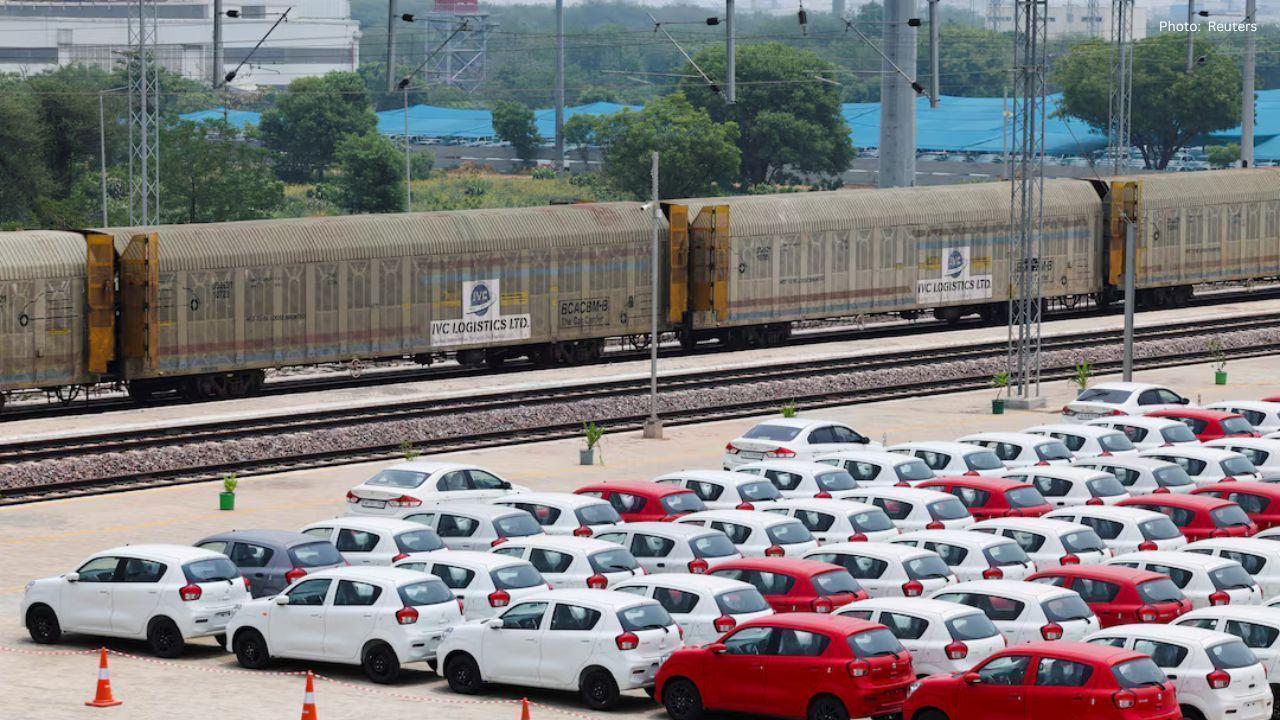
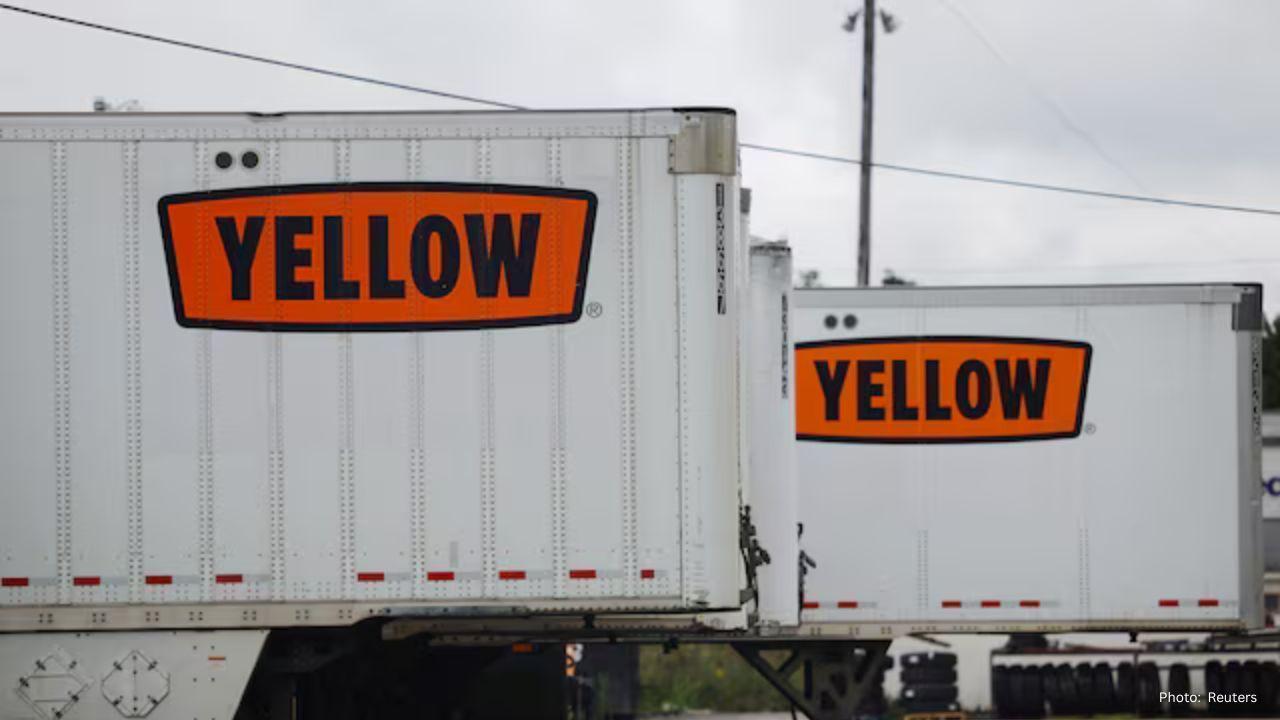
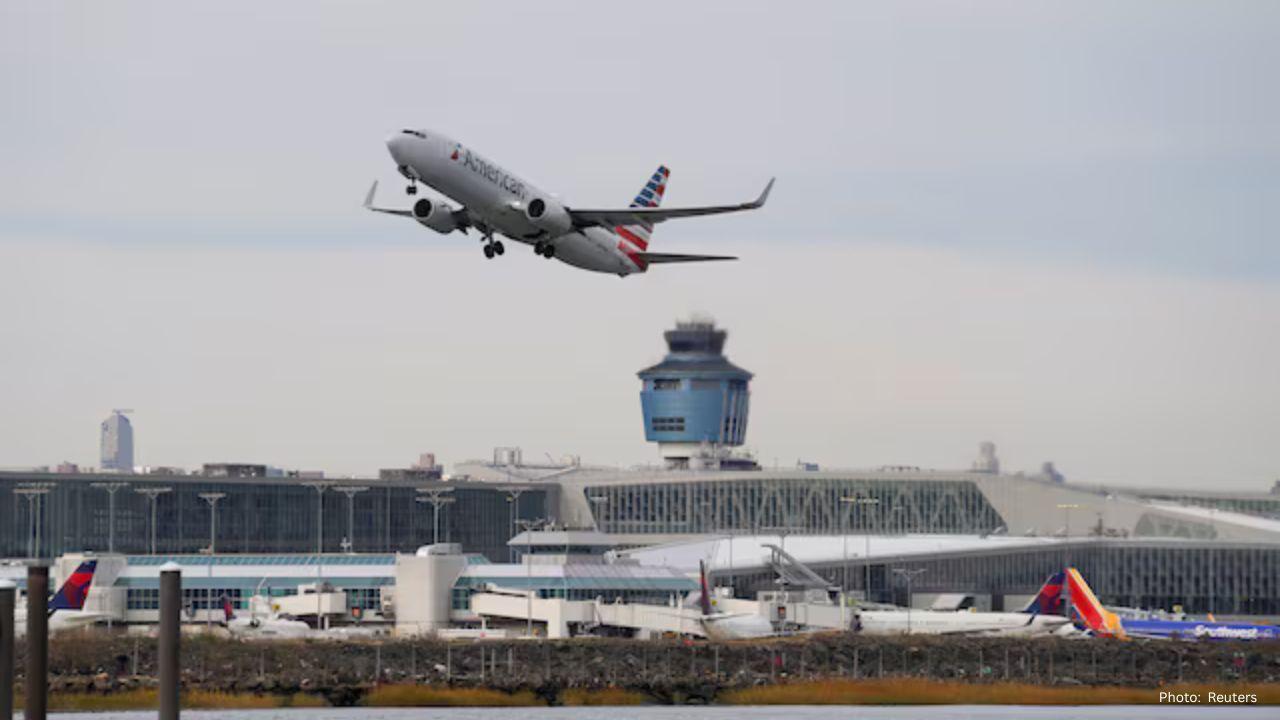
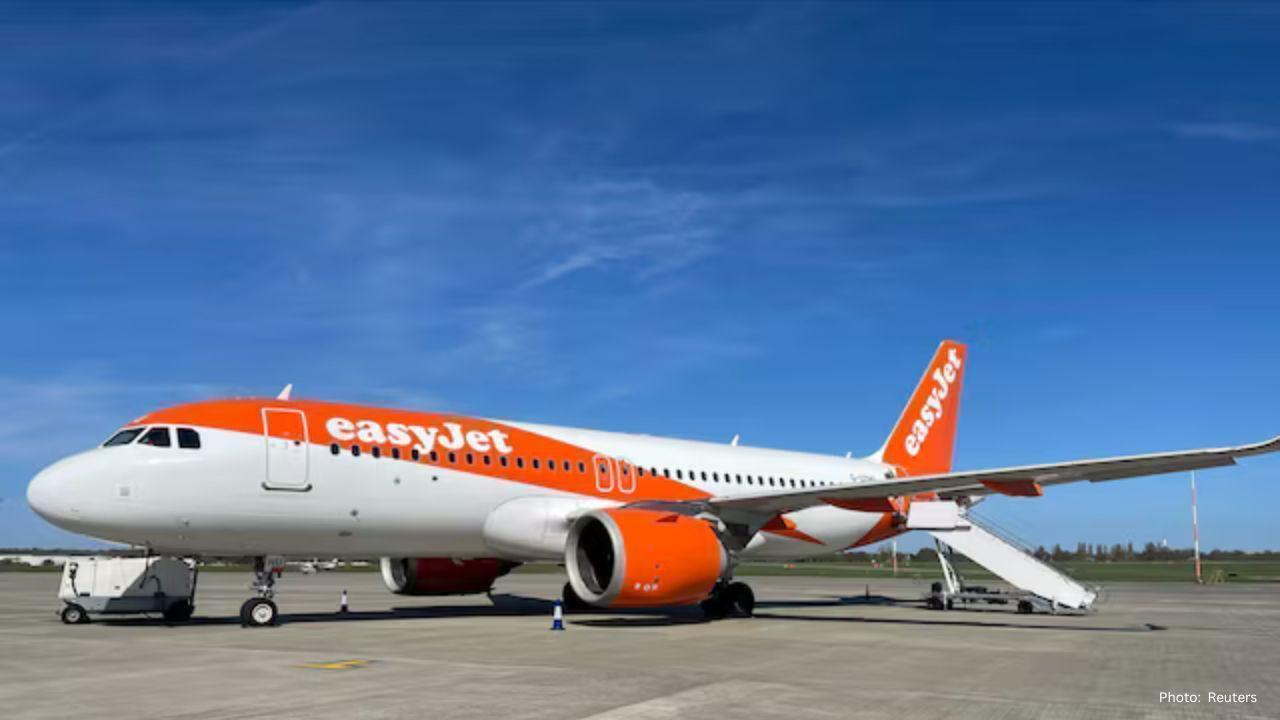



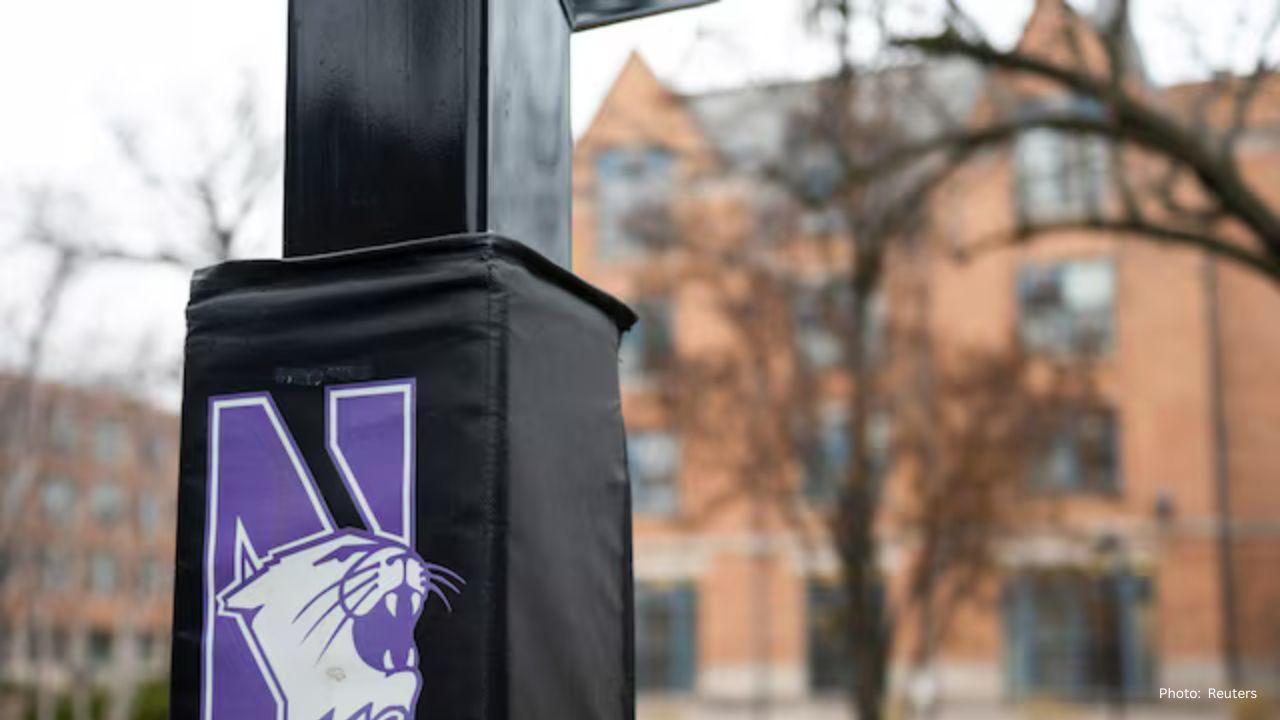
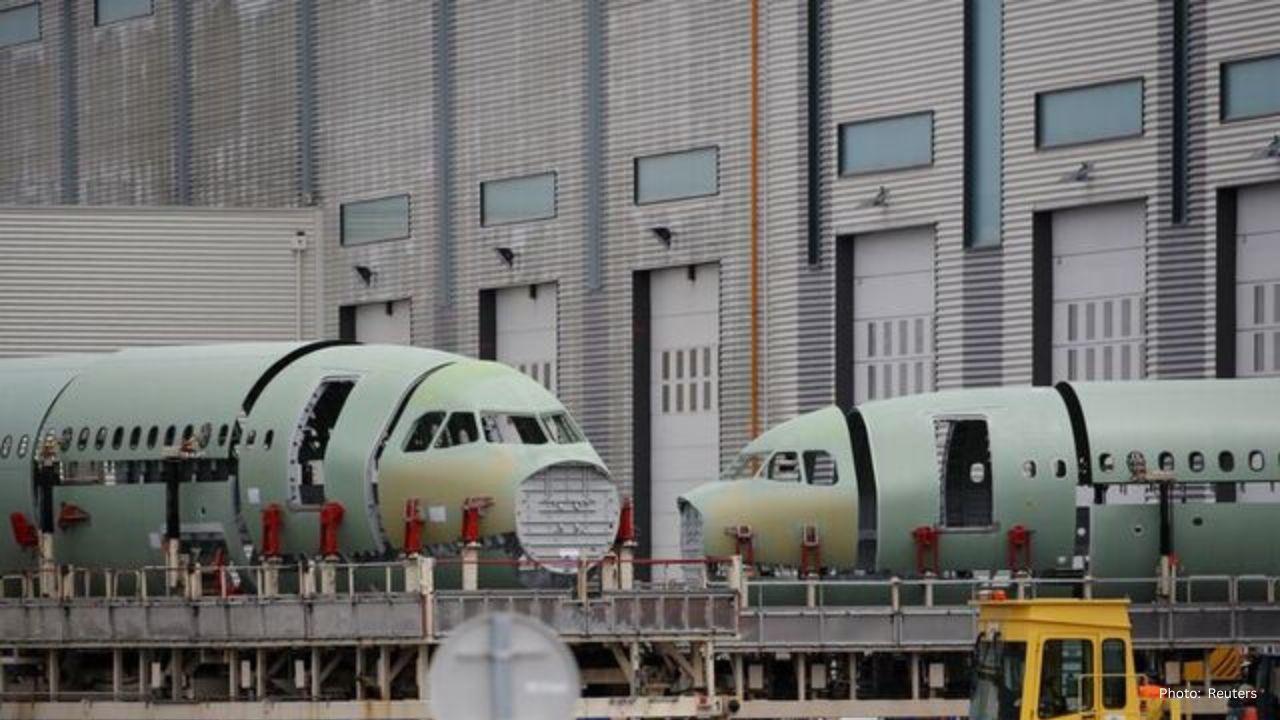
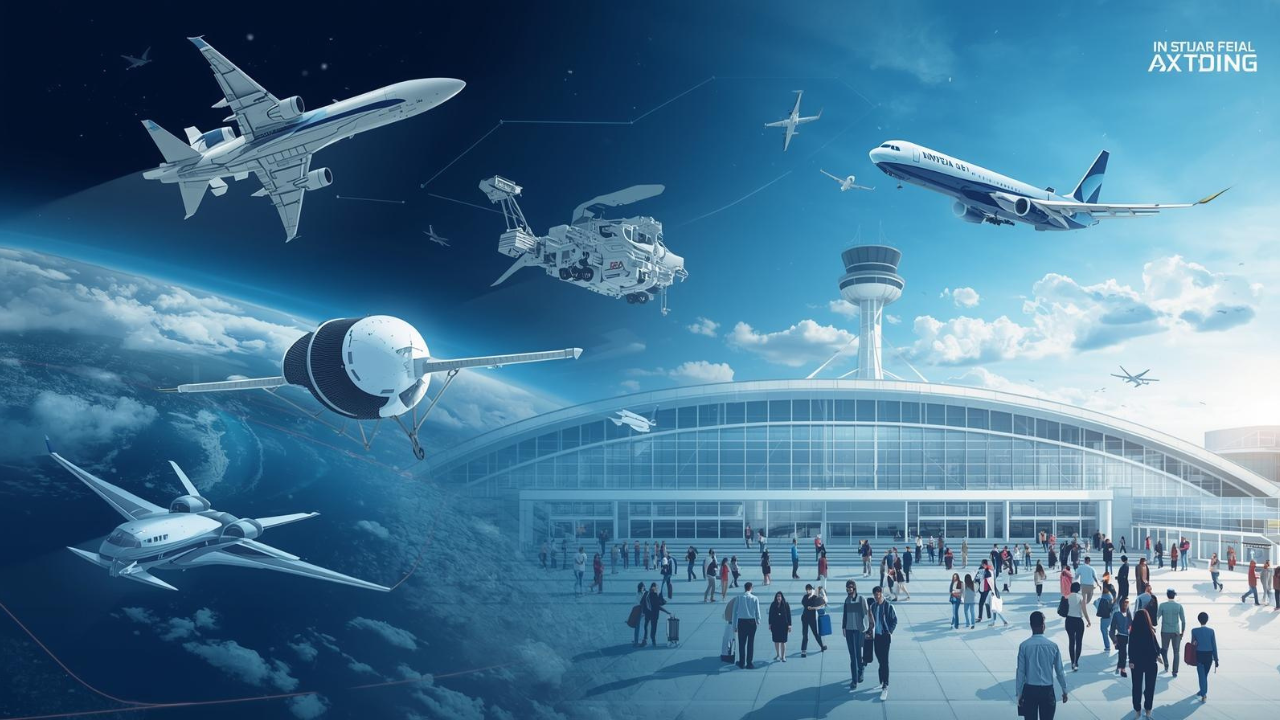
Advances in Aerospace Technology and Commercial Aviation Recovery
Insights into breakthrough aerospace technologies and commercial aviation’s recovery amid 2025 chall
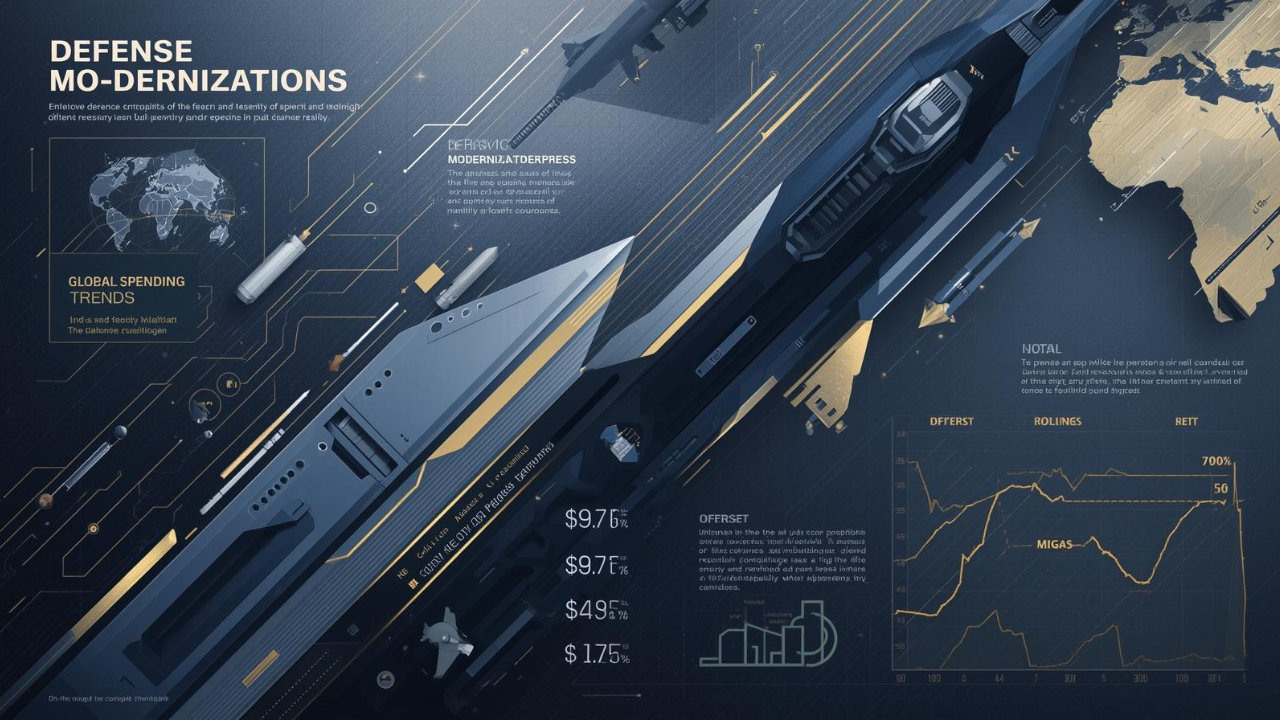
Defense Modernization and Strategic Spending Trends
Explore key trends in global defense modernization and strategic military spending shaping 2025 secu

Tens of Thousands Protest in Serbia on Anniversary of Deadly Roof Collapse
Tens of thousands in Novi Sad mark a year since a deadly station roof collapse that killed 16, prote
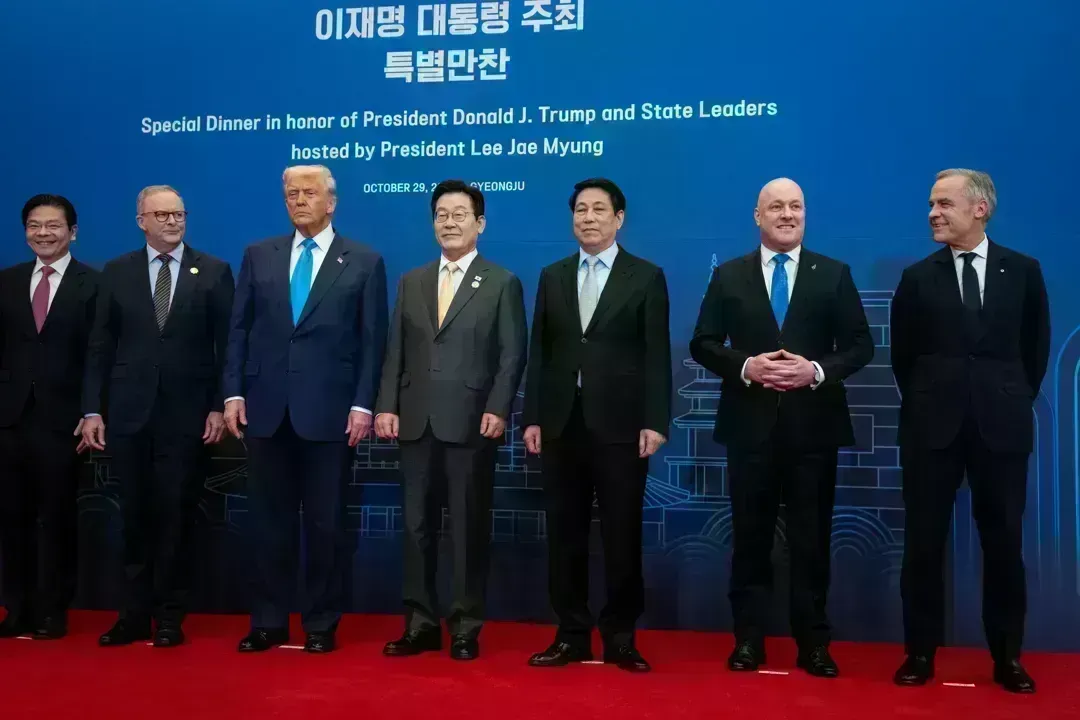
Canada PM Carney Apologizes to Trump Over Controversial Reagan Anti-Tariff Ad
Canadian PM Mark Carney apologized to President Trump over an Ontario anti-tariff ad quoting Reagan,

The ad that stirred a hornets nest, and made Canadian PM Carney say sorry to Trump
Canadian PM Mark Carney apologizes to US President Trump after a tariff-related ad causes diplomatic

Bengaluru-Mumbai Superfast Train Approved After 30-Year Wait
Railways approves new superfast train connecting Bengaluru and Mumbai, ending a 30-year demand, easi